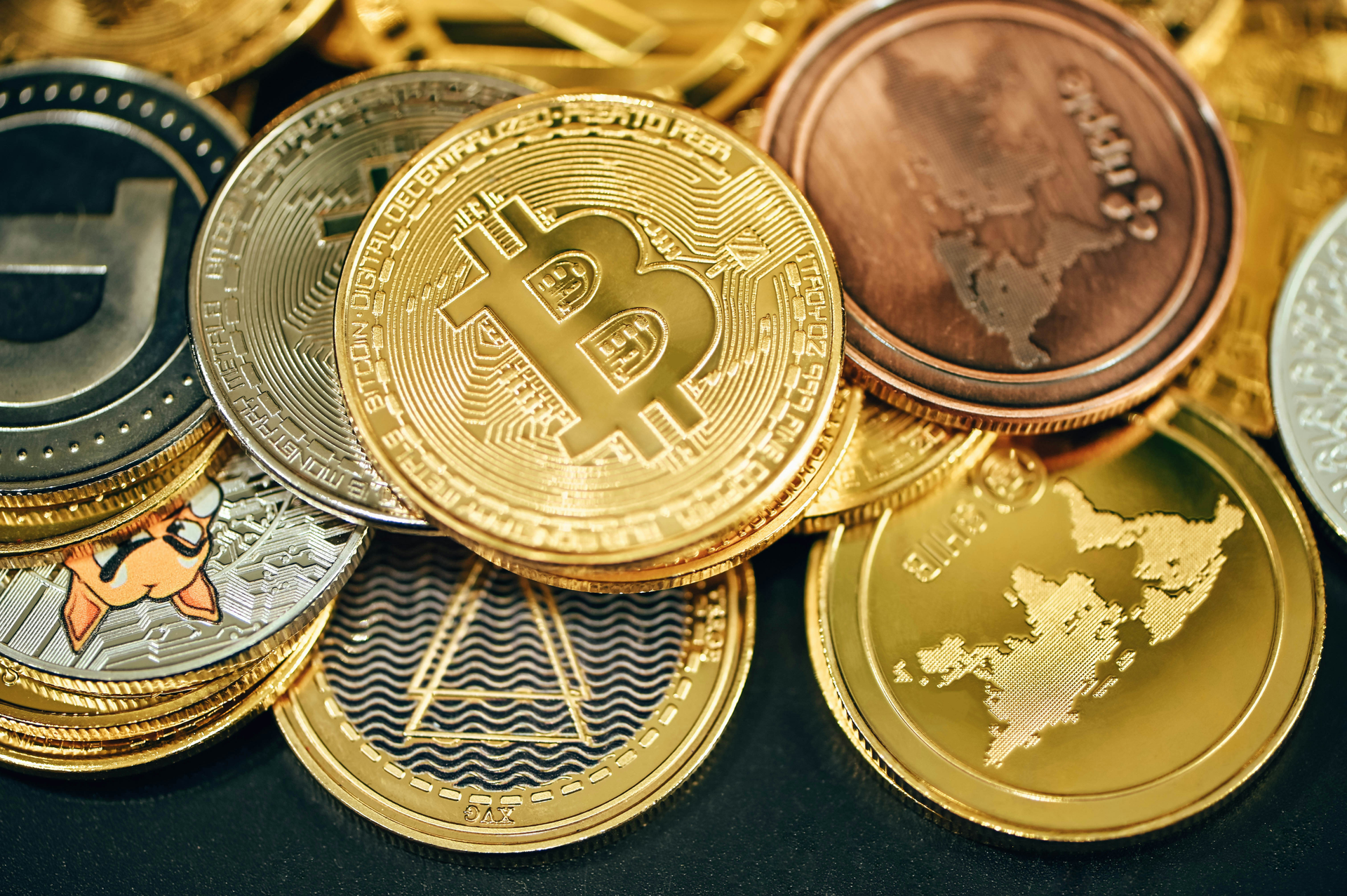Meme coins have taken the crypto world by storm, capturing the attention of investors and enthusiasts alike. While you may be familiar with Dogecoin, the landscape has evolved far beyond just cute dogs. New contenders like Garlicoin and Pepe Coin are emerging, showcasing the quirky and often bizarre nature of the internet.
Table of Contents
- What Are Meme Coins?
- The Community Factor
- The Impact on the Market
- Meme Coins vs. poopcoins
- Why Do Meme Coins Keep Coming Back?
- Buying Meme Coins: Share Your Experience
- FAQs About Meme Coins
What Are Meme Coins?
Meme coins are cryptocurrencies that originate from memes and jokes. Unlike traditional cryptocurrencies that serve specific purposes or have underlying technologies, meme coins are often created without any real-world utility. Their primary function is to entertain and engage communities, allowing enthusiasts to watch their prices fluctuate dramatically.
The Community Factor
The heart of meme coins lies in their communities. Groups of passionate fans gather online, rallying around a shared enthusiasm for a particular coin. They flood social media with posts, memes, and jokes, creating a vibrant culture that fuels interest and investment.
This sense of community can turn a simple joke into a viral sensation, leading to significant price movements. The excitement generated by these communities can create a sense of belonging, making participants feel like they are part of something larger than themselves.
The Impact on the Market
Despite their lighthearted nature, meme coins can have serious implications for the cryptocurrency market. When high-profile figures or celebrities endorse these coins, it can lead to massive price surges. The influx of attention can draw in new investors, contributing to the volatility that meme coins are known for.
However, this volatility also comes with risks. Many investors can find themselves caught in speculative bubbles, leading to significant financial losses. Understanding the dynamics of meme coins is crucial for anyone considering investing.
Meme Coins vs. Poopcoins
It’s essential to differentiate between meme coins and poopcoins. While both can be created without substantial use cases, meme coins often have a dedicated community and cultural significance. In contrast, poopcoins typically lack any real support or purpose, leading to their inevitable downfall.

Why Do Meme Coins Keep Coming Back?
The cyclical nature of meme coins can be attributed to several factors:
- Cultural Relevance: Meme coins tap into current trends and internet culture, making them appealing to a younger audience.
- Community Engagement: The enthusiasm of dedicated communities keeps the buzz alive, leading to renewed interest over time.
- Speculation: The potential for quick profits attracts investors looking to capitalize on the next big trend.
FAQs About Meme Coins
What is the most popular meme coin?
Dogecoin is often considered the most popular meme coin, but others like Shiba Inu have gained significant traction as well.
Are meme coins safe investments?
Meme coins can be highly volatile and speculative. It’s essential to do thorough research and only invest what you can afford to lose.
How do meme coins impact the crypto market?
Meme coins can cause significant price fluctuations and influence market trends, especially when they gain media attention or celebrity endorsements.
Can meme coins have real-world use?
Most meme coins do not have real-world applications. However, their cultural significance and community engagement can drive interest and investment.
Where can I buy meme coins?
Meme coins can typically be purchased on various cryptocurrency exchanges. Always ensure you’re using a reputable platform.
In conclusion, meme coins represent a unique intersection of humor and investment in the cryptocurrency space. Their ability to generate community engagement and market interest makes them a fascinating topic for both seasoned investors and newcomers alike.



![Unlocking the Power of Fan Tokens: A Step-by-Step Guide [Part 1]](https://coinqlo.com/wp-content/uploads/2024/12/Depositphotos_503743464_L-870x570.jpg)
![Creating Your Own Fan Token: A Step-by-Step Guide [Part 2]](https://coinqlo.com/wp-content/uploads/2024/12/0a6e2bc8-7679-4f96-8e43-ff7dfa1eca25-870x570.png)